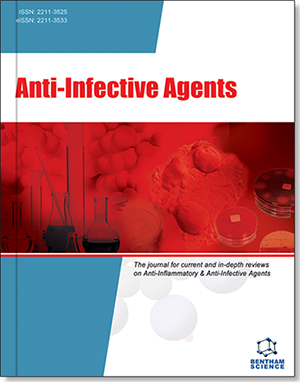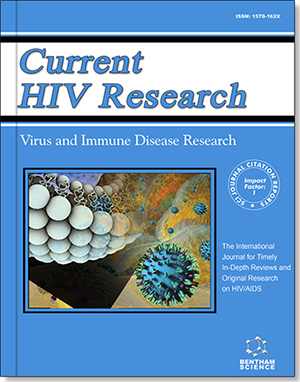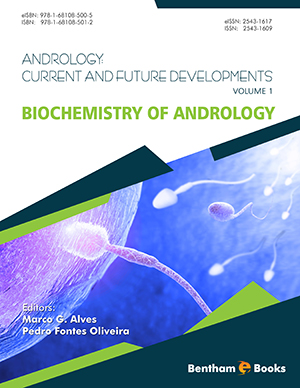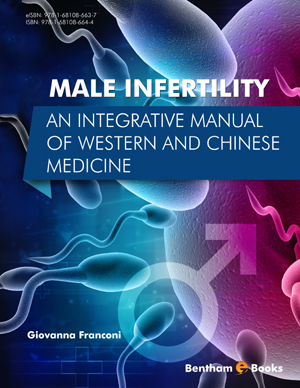Abstract
The automatic rhythm of breathing is generated by specialized neurons of the medulla oblongata: the Dorsal Respiratory Group (DRG) and the Ventral Respiratory Group (VRG). The DRG represents the “inspiratory center” whereas the VRG is mostly expiratory; the caudal portion of VRG, together with the Bötzinger complex in its vicinity, constitutes the “expiratory center”. Normally, inspiration occurs actively via signals from the inspiratory neurons to the inspiratory muscles (mainly the diaphragm). Expiration occurs passively owing to the elastic recoil of the lungs. Expiratory neurons are activated only under certain conditions such as increased physical activity. The Pontine Respiratory Group (PRG, upper pons) represents the “pneumotaxic center”, which acts as an “off” switch controlling the point at which inspiration is terminated and therefore determining the depth and frequency of breathing. Ventilation is also subject to direct voluntary control by the cerebral cortex, as it occurs during such maneuvers as breath holding. The activity of the respiratory centers is constantly modified in response to feedback from a variety of sensors in the periphery as well as within the brain. Both the long term and the moment-to-moment regulation of alveolar ventilation are primarily the task of chemosensitive cells in the ventrolateral aspect of the medulla (central chemoreceptors) and in the carotid and aortic bodies (the peripheral chemoreceptors). These chemical sensors monitor the levels of CO2, O2, and H+ in arterial blood.
Keywords: Apneustic Breathing, Bötzinger Complex, Breuer-Hering, Central Chemoreceptors, Chemical Control, Chemosensory Transduction, Deflation Reflex, Dorsal Respiratory Group (DRG), Inhalation Reflex, Inspiratory Center, J-Receptors, Mechanoreceptors, N. Tractus Solitarius (NTS), Neurogenic Control, Peripheral Chemoreceptors, Pneumotaxic Center, Pontine Respiratory Group (PRG), Pre-Bötzinger Complex, Sleep Apnea, Ventral Respiratory Group (VRG).


 Download PDF Flyer
Download PDF Flyer


















